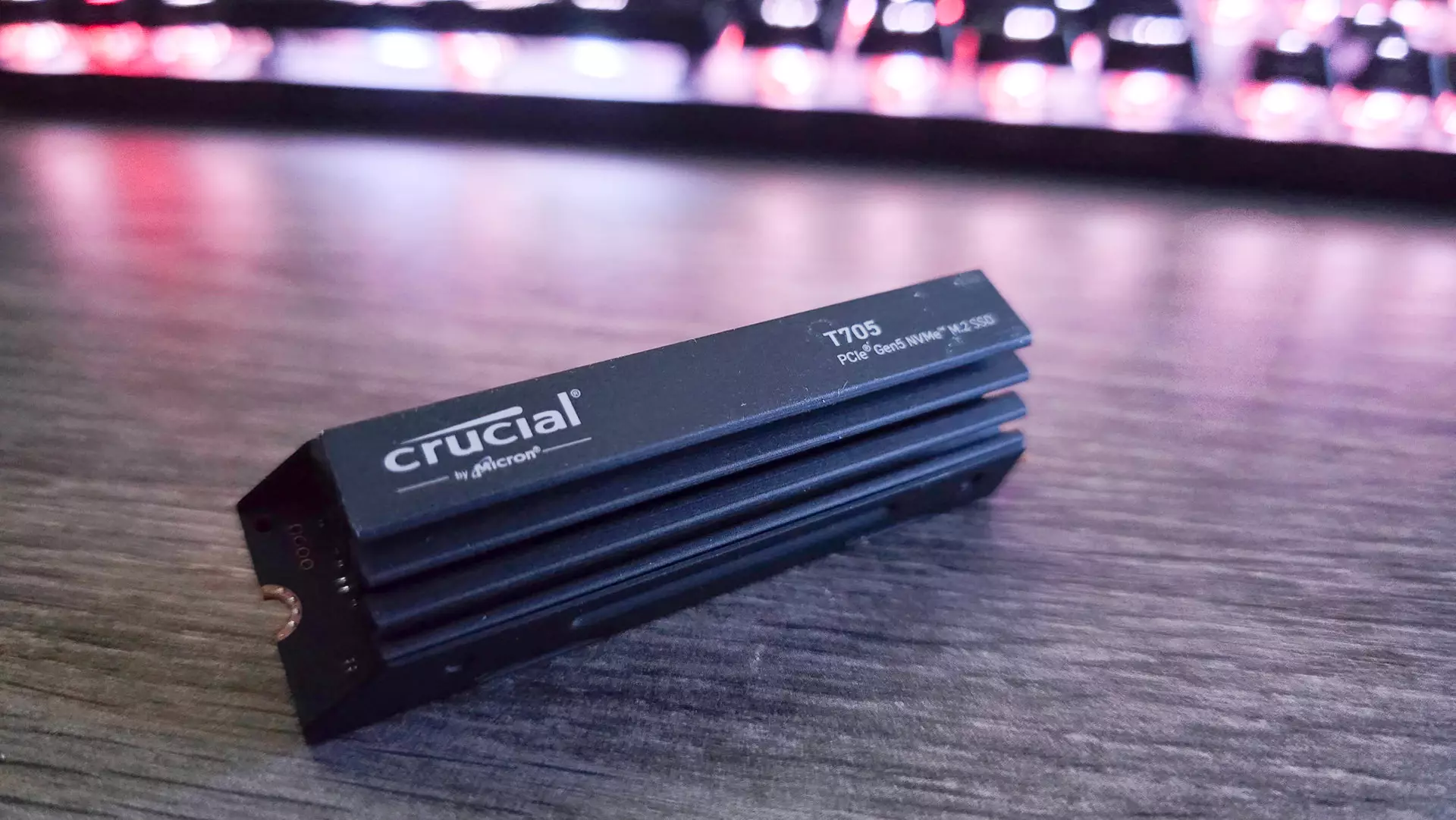The rapid expansion of cryptocurrency adoption across the globe is often celebrated as an innovative leap into a new financial era. Yet, beneath the excitement lies an underappreciated threat—hardware longevity, particularly the lifespan of solid-state drives (SSDs), is being challenged in ways many users are only beginning to understand. The proliferation of crypto wallet extensions, while convenient, introduces hidden systemic risks that could jeopardize not only your savings but also your hardware investments. It’s crucial to scrutinize how these digital tools interact with physical components, as recent reports of excessive SSD activity underscore the severity of this problem.
The Apparent Culprit: Excessive Data Writing in Crypto Extensions
MetaMask, one of the most popular browser-based cryptocurrency wallets, has recently come under scrutiny for its unexpectedly high disk activity. According to reports from users and statements from Consensys, the developers behind MetaMask, some users experienced persistent and substantial data writes to their SSDs. While small amounts of disk activity are a normal part of how browser extensions save state and cache data, these reports suggest a different story. Users observed write speeds that could theoretically consume hundreds of gigabytes per day—far beyond typical expectations.
Understanding what this means requires a grasp of how SSDs store data. Unlike traditional hard drives, SSDs rely on NAND flash memory cells that only endure a finite number of write cycles. Once these cells are worn out, the drive begins to degrade and eventually fail. While modern SSDs are designed with wear leveling algorithms and other safeguards, sustained, excessively high write loads threaten their longevity. A user reporting 5 MB/s continuous data writes may seem benign at first glance, but over time, this amounts to hundreds of gigabytes daily, accelerating wear and risking premature hardware failure.
The Real Financial and Practical Implications
When considering the potential damage, it’s important to contextualize these write volumes. For example, a high-end SSD with a total write endurance of about 1,500 TB—like the Lexar NM790 2TB—could theoretically last for over eight years at 500 GB of daily writes. However, this is an idealized number; actual usage involves other system writes, background processes, and crashes that can accelerate degradation. Over a year, the app’s activity alone could push the drive to 175 TB of data written, pushing its limits faster than usual.
This is not just a theoretical concern. For users heavily investing in crypto, especially with the emerging interest in stablecoins and crypto-linked assets supported by legislative developments, this hidden wear could translate into costly hardware replacements or data loss. In an age where digital assets are increasingly integrated with real-world finance, the risk of hardware failure due to overlooked software behaviors becomes a critical factor in risk management.
Beyond Hardware: The Broader Perspective on Crypto Adoption
The broader implication of this issue is a call for greater diligence. As regulatory frameworks like the GENIUS Act aim to bring formal standards to the crypto space, more individuals are likely to enter the market. This influx amplifies the importance of understanding not just the apparent financial risks but also the less visible technical vulnerabilities. Users must question the underlying infrastructure of their chosen platforms and wallets—how they operate, how they store data, and what hidden demands they place on hardware.
Furthermore, the fascination with crypto’s potential often blinds users to these potential pitfalls. Many treat crypto as a purely digital asset, neglecting the physical implications of daily operations. If a single extension or application could accelerate hardware wear so significantly, it’s an urgent reminder that crypto is not just a virtual domain—it has tangible consequences on the physical devices we rely upon.
Final Reflection: Navigating the Digital-Physical Frontier
As the crypto landscape continues expanding, a critical eye is necessary to avoid inadvertently sabotaging one’s investments through overlooked hardware issues. While the allure of quick gains and innovative financial products remains strong, the importance of safeguarding your physical assets cannot be overstated. Be aware that some applications, by design or oversight, could impose significant wear on your SSDs, risking the longevity of your hardware and the data stored within.
In essence, integrating cryptocurrencies into your financial arsenal demands not only financial acumen but also a keen understanding of the hardware environment supporting your digital wallet. Recognizing the potential for software to accelerate hardware degradation is an essential step toward responsible crypto engagement, ensuring that your pursuit of the digital future does not come at the expense of your physical investments.

